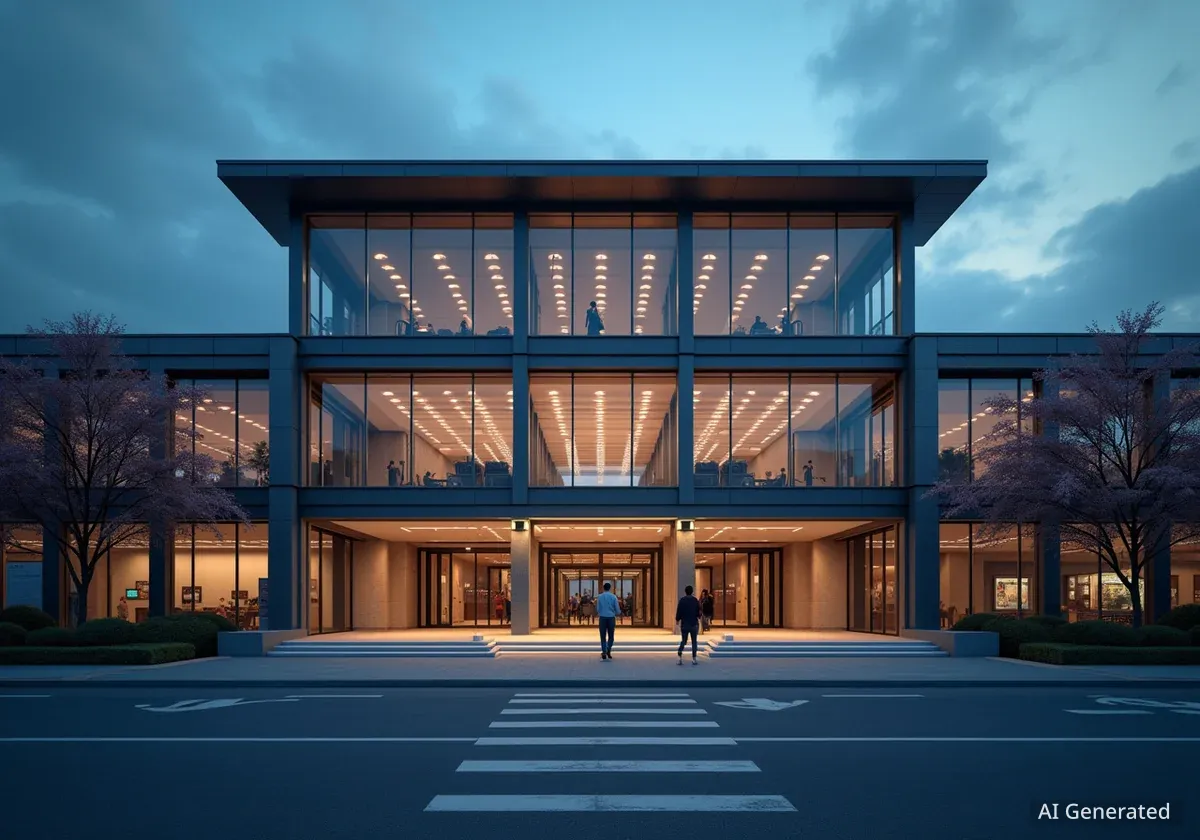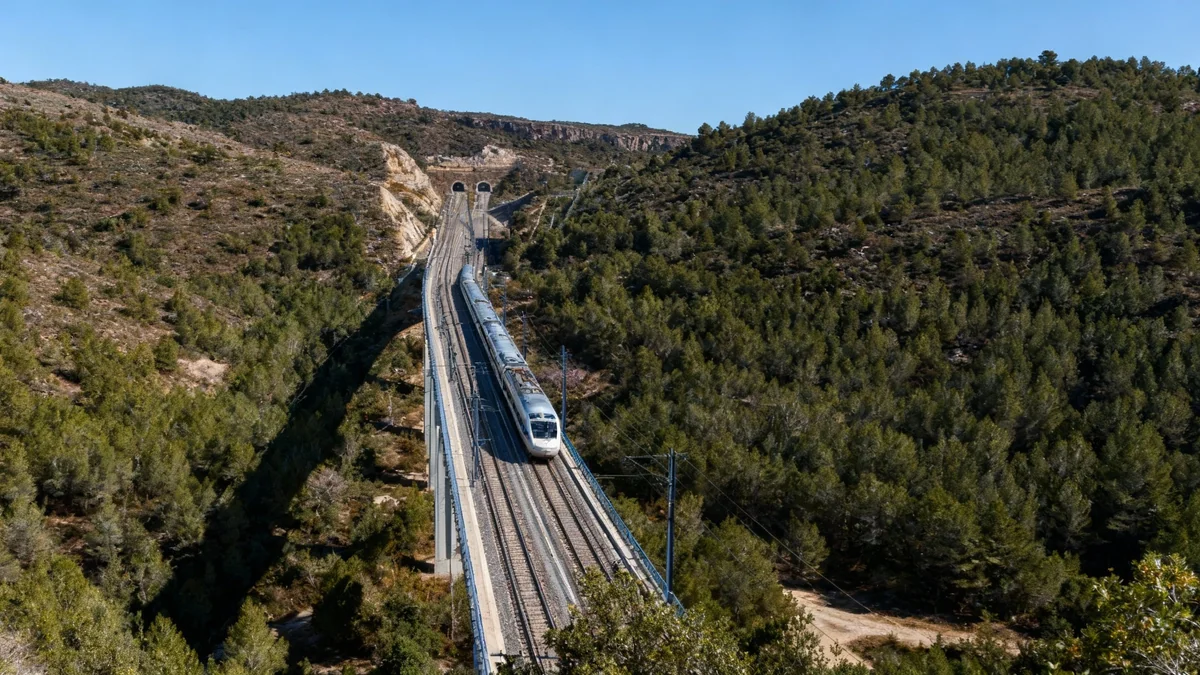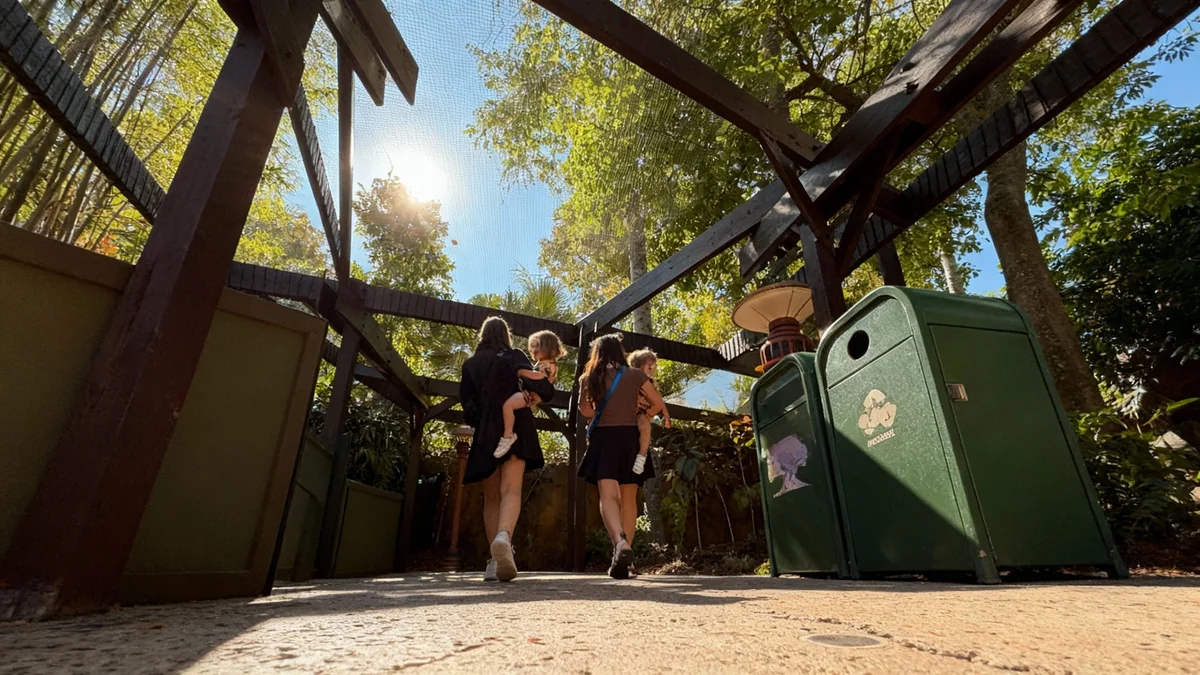Chicago Mayor Brandon Johnson has announced plans to allocate $50 million towards the acquisition and renovation of the city's downtown Greyhound bus station. This significant investment aims to modernize the transportation hub located at 630 W. Harrison Street.
Key Takeaways
- Mayor Johnson plans to invest $50 million in the downtown Greyhound station.
- The funds will cover both the purchase and renovation of the facility.
- The current station is located at 630 W. Harrison Street.
- This initiative is part of broader urban development and infrastructure plans.
Investment in Downtown Infrastructure
The proposed $50 million expenditure is a key component of Mayor Johnson's wider strategy for urban development. The plan focuses on improving critical infrastructure within the city, particularly in downtown areas. This specific allocation highlights a commitment to enhancing public transportation facilities.
The Greyhound station serves as a vital intercity transportation link for many residents and visitors. Modernizing this facility could significantly improve travel experiences and connectivity for those relying on bus services.
Quick Fact
The current Greyhound station at 630 W. Harrison Street is a long-standing fixture in Chicago's downtown transportation network.
Details of the Renovation Project
The $50 million budget is designated for two primary purposes: purchasing the existing Greyhound bus station property and undertaking extensive renovations. While specific renovation details are still emerging, the goal is to transform the facility into a more efficient and passenger-friendly hub.
Improvements could include updated waiting areas, enhanced ticketing services, better accessibility features, and improved security measures. Such upgrades are often crucial for modernizing aging transportation infrastructure and meeting contemporary passenger demands.
"Investing in our transportation hubs is investing in the future of our city. We aim to create a welcoming and efficient gateway for all who travel through Chicago," a City Hall spokesperson stated, emphasizing the administration's vision for the project.
Broader Implications for Chicago Transit
This initiative comes at a time when Chicago's transit agencies are navigating various challenges. Recent discussions have focused on maintaining service levels without fare hikes. The Regional Transportation Authority (RTA) chair has confirmed there are no immediate plans for fare increases or service cuts for Chicago transit agencies.
However, the city's budget plans have faced scrutiny. S&P Global Ratings recently lowered Chicago's credit outlook to negative, citing concerns related to Mayor Johnson's proposed budget. This makes the allocation of significant funds for projects like the Greyhound station particularly noteworthy.
Background
Chicago's public transportation system includes a complex network of buses, trains, and intercity services. Maintaining and upgrading this infrastructure is an ongoing challenge for city planners and administrators.
Economic and Community Impact
The renovation of the Greyhound station could have several positive impacts on the local economy and community. A modernized facility might attract more travelers, potentially boosting local businesses in the surrounding area. Improved amenities could also enhance the overall perception of downtown Chicago as a transit hub.
Furthermore, an efficient bus station contributes to regional mobility, connecting Chicago with other cities across the country. This connectivity is vital for both business and leisure travel, supporting various sectors of the economy.
- Enhanced passenger experience
- Potential for increased foot traffic and local business support
- Improved intercity connectivity
- Modernized infrastructure
Future Outlook for Urban Development
Mayor Johnson's administration continues to outline its vision for Chicago's urban landscape. This $50 million investment is one piece of a larger puzzle aimed at fostering growth and improving quality of life. Future projects are expected to address various aspects of city infrastructure, from public spaces to residential developments.
The success of projects like the Greyhound station renovation will likely set a precedent for how the city approaches similar large-scale infrastructure investments moving forward. Community engagement and transparent project management will be key factors in their implementation.





